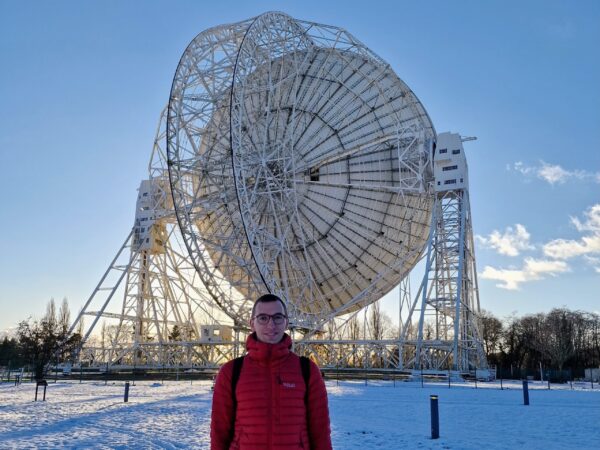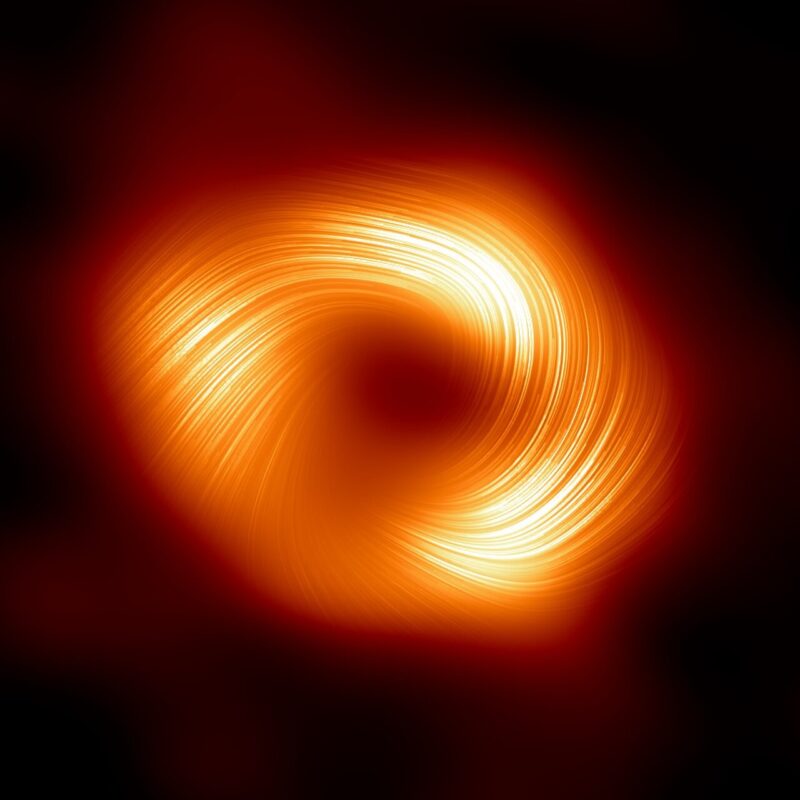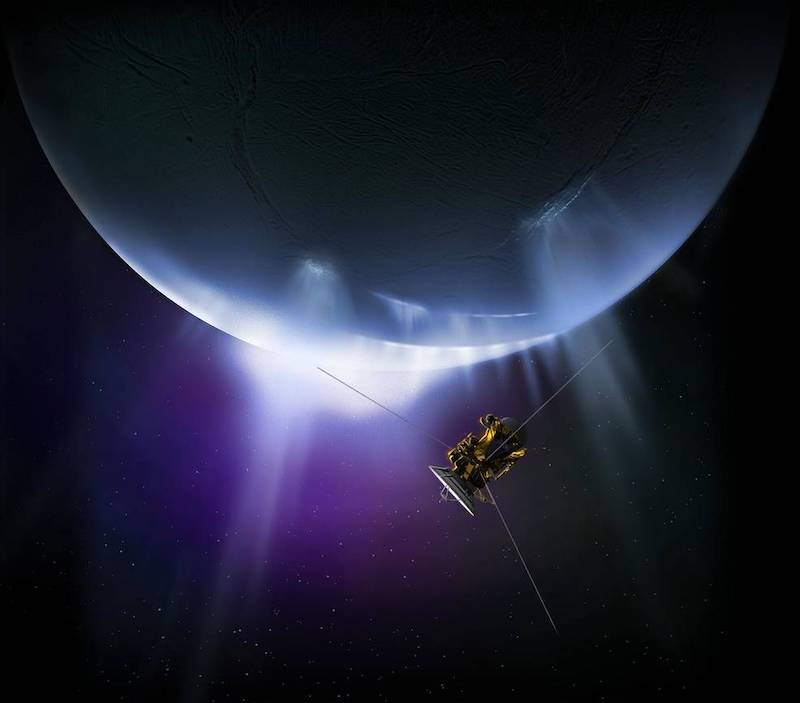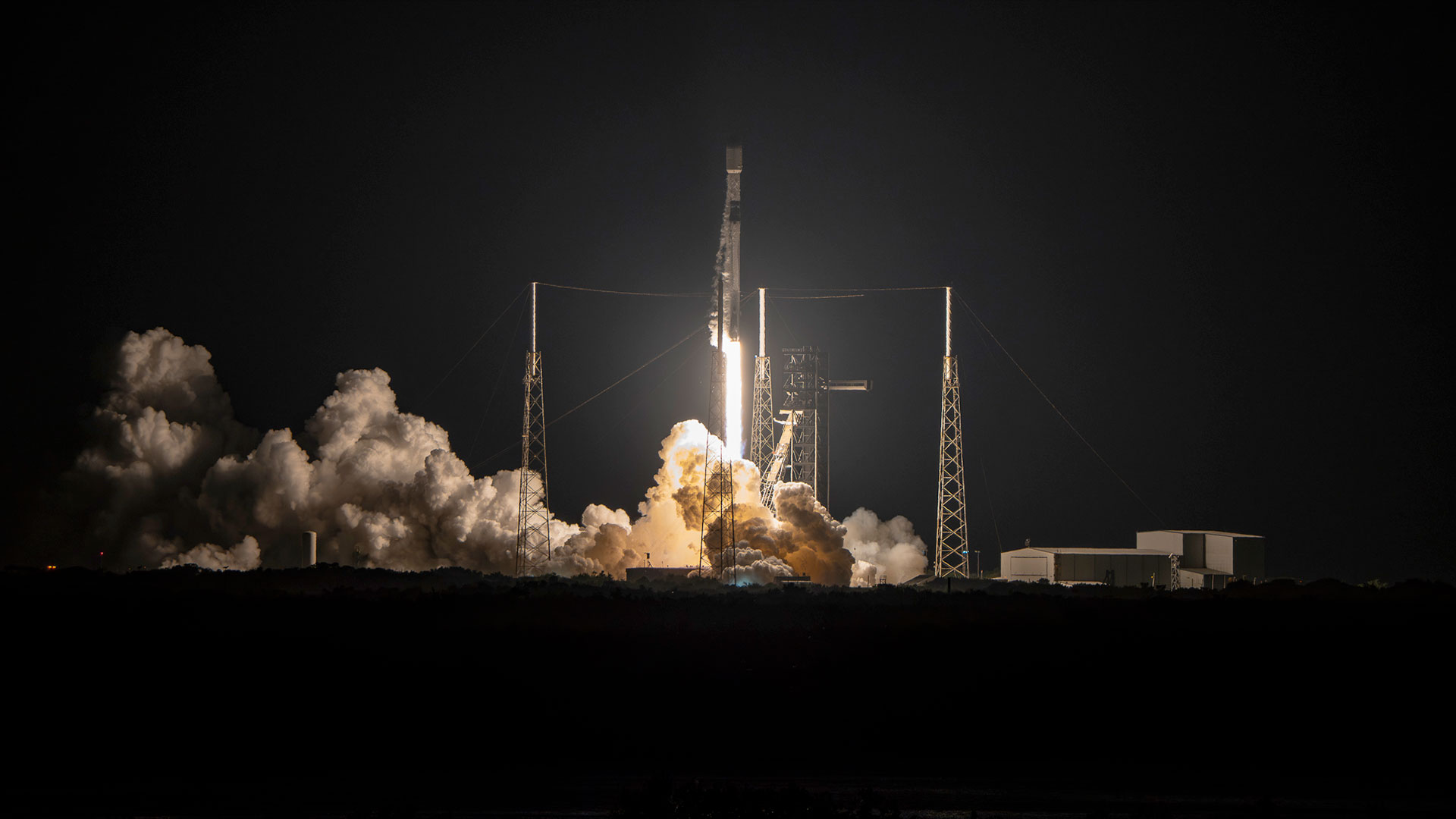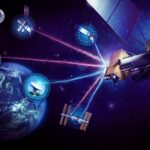Now Reading: Airport radar could signal our existence to aliens
-
01
Airport radar could signal our existence to aliens
Airport radar could signal our existence to aliens


- Airport radars around the world leak electromagnetic energy into space.
- That energy is strong enough that alien civilizations could detect it from 200 light-years away.
- Our technology on Earth could also detect similar complex aviation systems of aliens from great distances.
The Royal Astronomical Society published this original story on July 8, 2025. Edits by EarthSky.
Airport radar could signal our existence to aliens
Radar systems used by civilian airports and military operations are inadvertently revealing our existence to potential advanced alien civilizations, new research shows.
The study explored how hidden electromagnetic leakage might look to extraterrestrials up to 200 light-years from Earth. That’s if they had state-of-the-art radio telescopes like our own. Theoretically, it also suggests this is how far we would be able to look to spot aliens who have evolved to use a similar level of technology.
Preliminary results revealed at the Royal Astronomical Society’s National Astronomy Meeting 2025 in Durham on July 8 show how worldwide aviation hubs such as Heathrow, Gatwick and New York’s JFK International Airport give off clues to our existence.
Airport radar leaking into space
By carefully simulating how these radar signals spread out from Earth over time and space, the researchers looked at how visible they would be from nearby stars such as Barnard’s Star and AU Microscopii.
They found that airport radar systems, which sweep the skies for airplanes, send out a combined radio signal of 2×1015 watts. That’s enough for telescopes comparable to the Green Bank Telescope in West Virginia to pick up as far as 200 light-years away.
To put that distance into context, the nearest potentially habitable world beyond our solar system is Proxima Centauri b. And Proxima Centauri b is just 4 light-years away. However, that would still take a spacecraft using current technology thousands of years to get there.
Energy output from Earthly airports to nearby stars
In the upper panel, the animation shows the average total power of individual airport radar systems, averaged over 1-hour intervals. The lower panel reveals the total power of airport radar leakage radiation as a function of time. It’s plotted over a 24-hour period in the direction of Barnard’s Star. Video via Royal Astronomical Society.
This animation reveals the same average total power of individual airport radar systems and total power of airport radar leakage radiation. But this time, it’s how the inhabitants around AU Microscopii would see us. Video via Royal Astronomical Society.
Signals that look clearly artificial
Military radar systems, which are more focused and directional, create a unique pattern. They’re like a lighthouse beam sweeping the sky. And they have an accumulated peak emission reaching about 1×1014 watts in a given field-of-view of the observer.
This, lead researcher Ramiro Caisse Saide, a PhD student at the University of Manchester said, would look:
… clearly artificial to anyone watching from interstellar distances with powerful radio telescopes.
In fact, these military signals can appear up to a hundred times stronger from certain points in space, depending on where an observer is located.
Our findings suggest that radar signals – produced unintentionally by any planet with advanced technology and complex aviation system – could act as a universal sign of intelligent life.

Looking outward and homeward
Caisse Saide said the research helps guide the search for extraterrestrial civilizations by identifying promising technosignatures. But it also deepens our understanding of how human technology may be seen from space.
Co-author Michael Garrett of the University of Manchester said:
By learning how our signals travel through space, we gain valuable insights into how to protect the radio spectrum for communications and design future radar systems.
The methods developed for modeling and detecting these weak signals can also be used in astronomy, planetary defense and even in monitoring the impact of human technology on our space environment.
Caisse Saide added:
In this way, our work supports both the scientific quest to answer the question ‘Are we alone?’ and practical efforts to manage the influence of technology on our world and beyond.
Bottom line: Airport radar leaks electromagnetic energy into space. These signals are strong enough that aliens living 200 light-years away would be able to detect our presence.
Via Royal Astronomical Society
The post Airport radar could signal our existence to aliens first appeared on EarthSky.
Stay Informed With the Latest & Most Important News
Previous Post
Next Post
-
 012024 in Review: Highlights from NASA in Silicon Valley
012024 in Review: Highlights from NASA in Silicon Valley -
 02Panasonic Leica Summilux DG 15mm f/1.7 ASPH review
02Panasonic Leica Summilux DG 15mm f/1.7 ASPH review -
 03How New NASA, India Earth Satellite NISAR Will See Earth
03How New NASA, India Earth Satellite NISAR Will See Earth -
 04And Thus Begins A New Year For Life On Earth
04And Thus Begins A New Year For Life On Earth -
 05Astronomy Activation Ambassadors: A New Era
05Astronomy Activation Ambassadors: A New Era -
06SpaceX launch surge helps set new global launch record in 2024
-
 07Space Force plans new ‘Futures Command’ amid pressure to speed up modernization
07Space Force plans new ‘Futures Command’ amid pressure to speed up modernization












